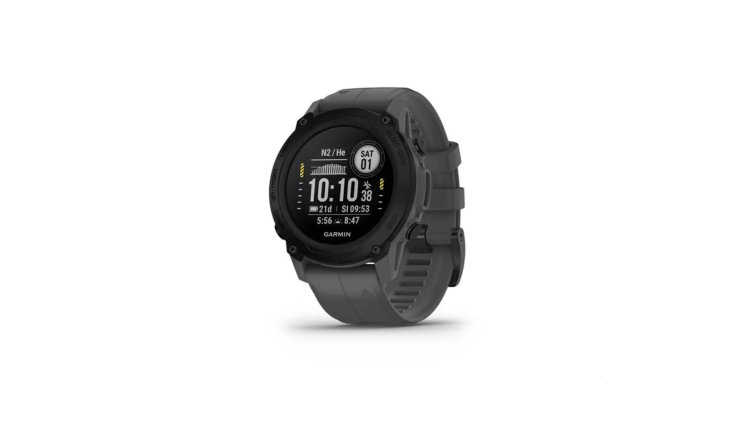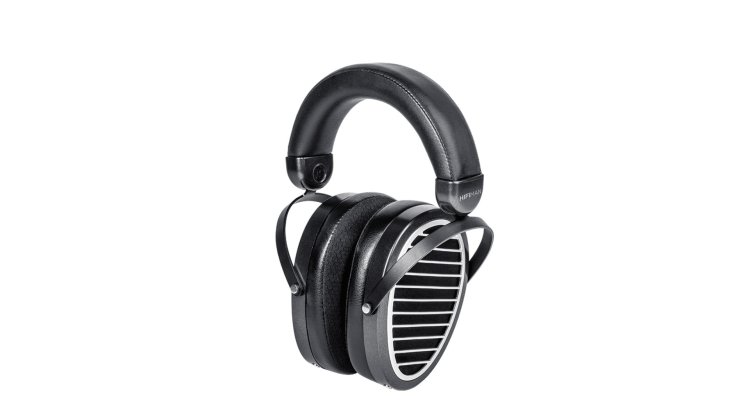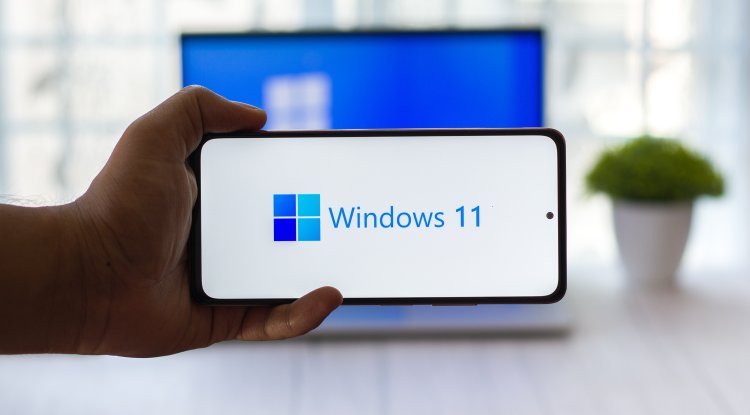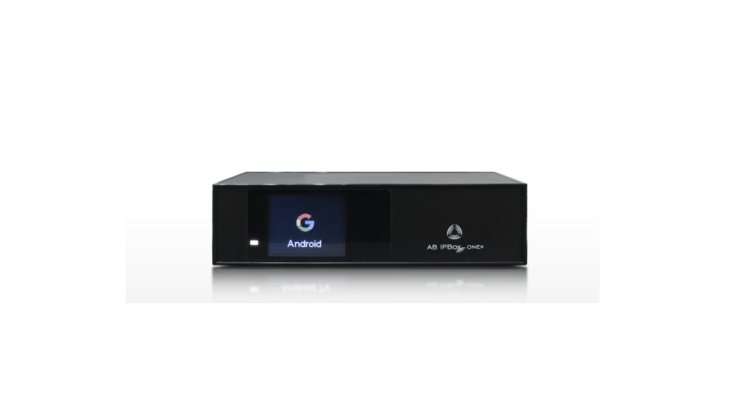Garmin Descent G1 - For sports and diving

The Garmin Descent G1 is not the successor to the Descent Mk2, but a modification intended for casual divers, recreational divers in all possible sports, or just those who want to have a smartwatch that doesn't have to be close to a charger for weeks. An interesting, small watch, with lots of diving options.
Type Smartwatch with multisport activity tracking and diving computer Sensors Compass, barometer, depth gauge, thermometer, pulse, magnetic compass Navigation GPS, GLONASS, Galileo Screen 45 mm, 179 * 179 pixels Connectivity Bluetooth / ANT + Mass 61 g Platforms Android, iOS, Windows, macOS
If you once "chased" Garmin's Descent Mk2, a real diving computer, you know that this model was not intended for occasional divers in terms of appearance, price, or features, or those who dive for a week or two a year. It had been focused on professionals when it comes to physical performance, and when it comes to appearance: 52-millimeter housing, the ability to connect to the sensor on the bottles, the price of which in the best-equipped version goes over 2,000 USD.
Instead, the Descent G1 comes in a substantially smaller, 45-millimeter case; instead of metal, it is polymer, instead of a color screen, this one is monochrome and there is no possibility of wireless connection to the sensor ( Descent T1 ) on the diving bottle.
However, it is a far cheaper device, which, depending on the version - with or without solar charging, costs 650 and 550 USD, respectively.
The Descent G1 is a typical Garmin multisport watch with the ability to track dozens of sports, activities, and exercises, from golf and swimming to walking, hiking, biking, rowing, and a bunch in between, which would be pointless to list because the vast majority of us will never engage all these sports and activities, and if you do something that gives measurable results - it is almost certain that there is a program in this class that accompanies it.
And all this before we even touched on the nominally main purpose of this watch, monitoring underwater activities.
As casual divers, we cannot say that this watch covers all diving options, as well as specialized diving computers, but we think we will not be much wrong if we say that it most likely covers all activities and activities of all recreationists, including most professionals.
From diving, several types of dives are supported (both with one type of gas and with a mixture of gases, including nitrox and trimix), scuba diving, scuba diving, scuba fishing, and scuba diving. If you need this latest program, you probably already fall into the category intended for Mk2 rather than D1, to be honest.
Interestingly, spearfishing (Apnea Hunt) also has the option of silent notification settings, so it just vibrates on the hand, instead of giving an audible signal, which sounds very good underwater and can (probably) scare the fish.
As the watch comes with several types of "watch-face" that we can choose, and we can additionally adjust each of them to our needs, the amount and type of data on the selected face of the watch are exactly what you need for the selected diving activity.
It is convenient that in addition to the GPS compass, the G1 also has a magnetic compass in three axes, which means that it shows the direction even when there is no GPS signal and in any position of the hand or diver.
The watch is waterproof (with waterproof buttons) to a depth of 100 meters according to EN1333, which is 99% far more than we ever dive, the lens is sapphire and very resistant to shocks and scratches, and the only negative impression of speed impressions we were left with the shortness of the belt on the model we got to test.
Namely, the strap is extremely short for the criteria of an ordinary men's watch, let alone a diving watch. The Solar version comes with an extra, very (VERY) long strap, which is practically necessary if the watch is worn over a neoprene suit and more on the wrist, for a variety of reasons and equipment we may have on hand.
For a diving watch, we believe that a sufficiently long strap should not be an additional option to be purchased, but a standard piece of equipment. On the other hand, we also think that solar charging is convenient, but not an important detail when choosing this type of equipment, especially with Garmin, which has an insanely long battery life compared to all competitors, so constant solar recharging is not necessary.
When it comes to battery life with this particular model, according to official specifications, it is up to 25 hours in diving mode, 21 days in smartwatch mode, and 26 hours in GPS mode.
It supports GPS that allows you to mark dive and ascent points, and save up to 200 dives, which can be shared and viewed in the Garmin Dive app, which Garmin Connect automatically offers to install when you connect the G1 to the app on your mobile. Also, after the first connection, the data from the mobile phone is automatically updated, including age, height, weight, exercise data, and others.
We're not sure if that's just the way it seems to us, but we got the impression that the Bluetooth connection, the first connection between Connect and newer Garmin watches, works better, without "hiccups" and the need for multiple attempts, which was almost common a few years ago. In the case of G1, everything went extremely fast at first.
The watch can be paired with Garmin InReach devices that nature lovers, hikers, and other "outdoors" types probably already have, or at least heard of, and in this case, it's especially convenient because via the built-in InReach SOS automatic message, depending on the diving outcome or some other accident, the watch can send a message via that device.
Although we would like the screen to be bigger, we can say that it is readable enough thanks to the contrast and the fact that the faces of the watch are adjusted to that, especially the circle in the upper eccentric (screen in the screen) which is always there, and we can use it to display any available numerical data: days of the month, pulse, minutes, seconds, percentages, but it is always a separate part of the screen.
Like other Garmin multisport watches, this one comes with an app to diagnose fitness age (and suggested exercises to reduce it), determine the time needed to take a break from exercise, detect time spent in intense exercise, and monitor (all day!) Breathing and night sleep quality monitoring.
It's also good to be able to turn off message notifications right at the beginning when connecting to a cell phone for a period we define as bedtime because one of the most disgusting things is to forget to turn it off, especially if we sleep with a clock or keep it on the bedside table.
We liked that the watch is packed with standard Garmin applications for tracking sports activities and exercise, with all the benefits of GPS, smart messages (filtering them), battery life, and design, which makes it just as suitable for sports as for everyday wear and beyond sports activities.
We liked it a little less than the version on the test comes with a very short strap, completely unusable on a man's wrist over a neoprene suit, that is, a correspondingly long belt has to be paid extra.
Diving tracking programs, from time spent diving, to depth, the time required to recover, etc., are detailed enough for all occasions and hobby divers and most professionals or regular divers.
For those for whom that is not enough, there is an older and significantly more expensive cousin Descent Mk2.





























